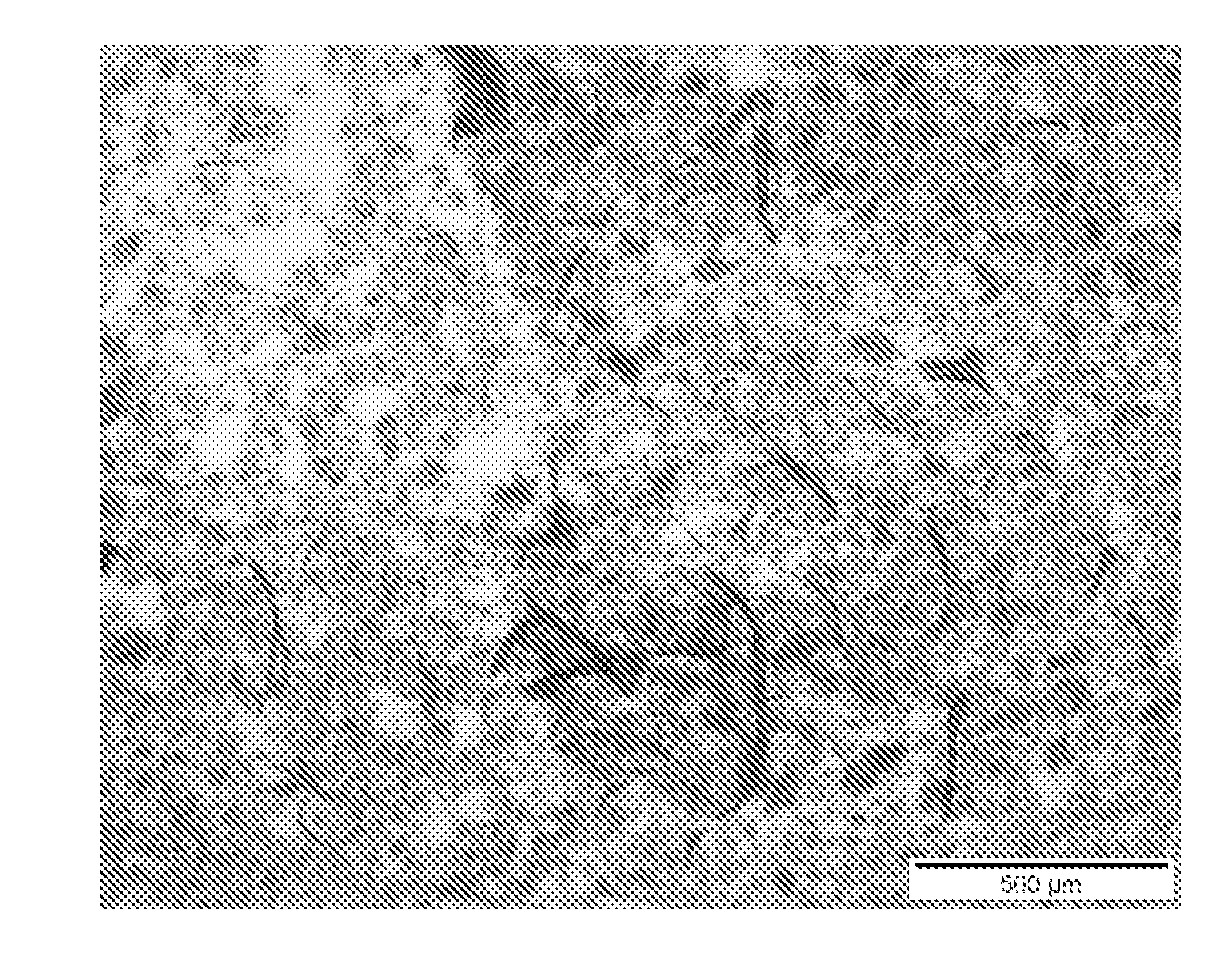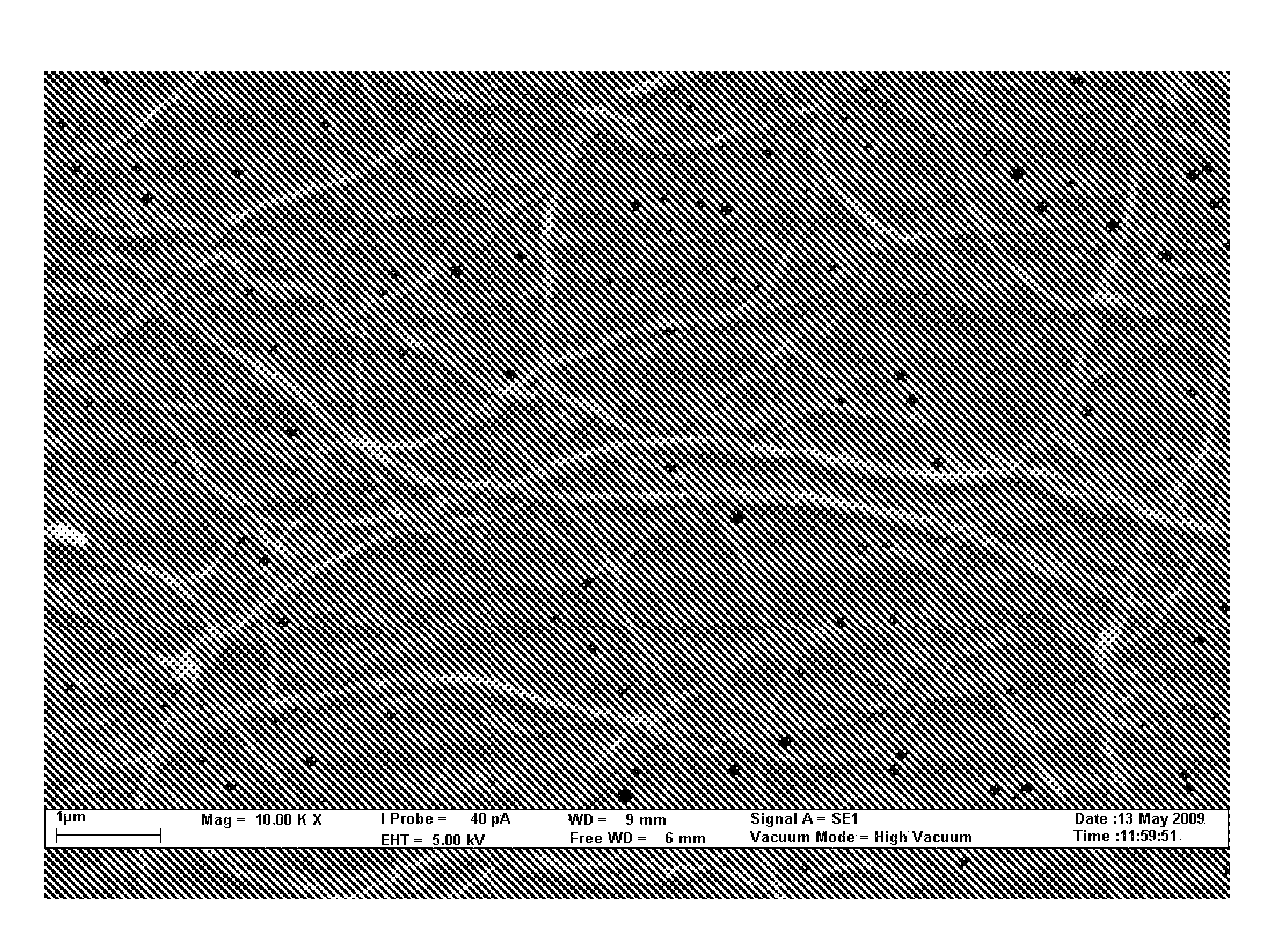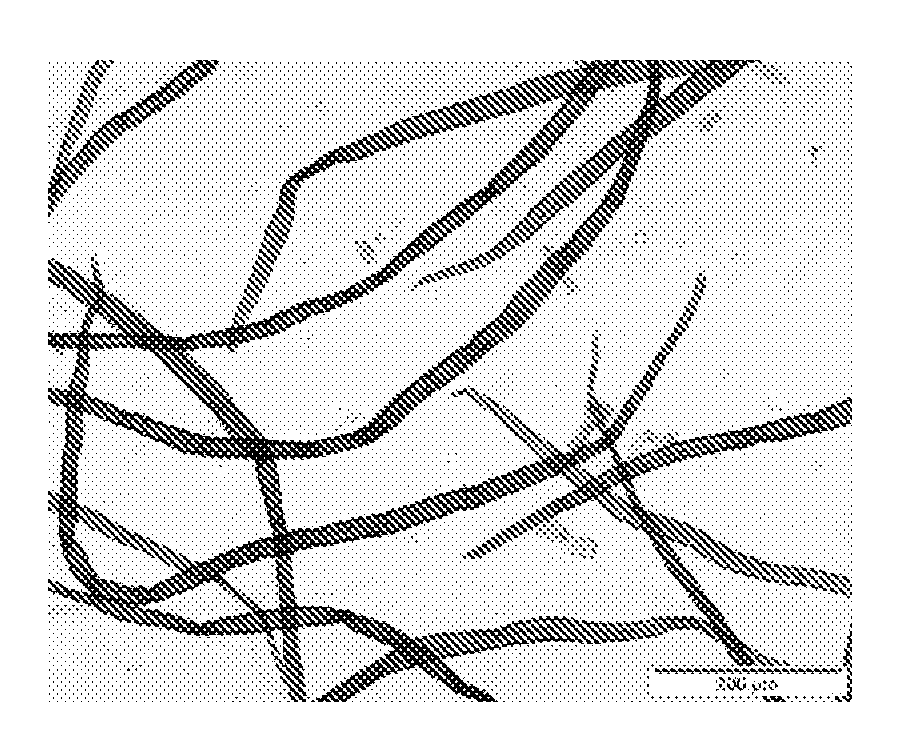Method for manufacturing nanofibrillated cellulose pulp and use of the pulp in paper manufacturing or in nanofibrillated cellulose composites
A cellulose and pulp technology, applied in the fields of cellulose pulp post-treatment, cellulose pulp post-treatment modification, pulp beating/refining methods, etc.
- Summary
- Abstract
- Description
- Claims
- Application Information
AI Technical Summary
Problems solved by technology
Method used
Image
Examples
Embodiment approach
[0034] According to one embodiment of the invention, the method comprises a step wherein at least one type of optical brightener (OBA) is added to the cellulose-containing pulp as a refining additive. In this method, the addition is preferably carried out before the pre-refining and / or fibrillation stage. Additionally or alternatively, a type of optical brightener may be added to the pulp during the pre-refining or fibrillation stage. Thus, it is possible to add optical brighteners in the pre-refining stage, and / or optical brighteners may be added to part or all of the subsequent fibrillation stage. According to an advantageous embodiment of the invention, irrespective of the stage at which the additive is added to the process, the pulp is fibrillated in at least one fibrillation stage after the addition of the additive.
[0035] Anionic optical brighteners are able to inhibit the hydrogen bonding between cellulose fibrils in cellulose and thus can be used to create a dispers...
PUM
| Property | Measurement | Unit |
|---|---|---|
| diameter | aaaaa | aaaaa |
| length | aaaaa | aaaaa |
| diameter | aaaaa | aaaaa |
Abstract
Description
Claims
Application Information
 Login to View More
Login to View More - R&D
- Intellectual Property
- Life Sciences
- Materials
- Tech Scout
- Unparalleled Data Quality
- Higher Quality Content
- 60% Fewer Hallucinations
Browse by: Latest US Patents, China's latest patents, Technical Efficacy Thesaurus, Application Domain, Technology Topic, Popular Technical Reports.
© 2025 PatSnap. All rights reserved.Legal|Privacy policy|Modern Slavery Act Transparency Statement|Sitemap|About US| Contact US: help@patsnap.com



